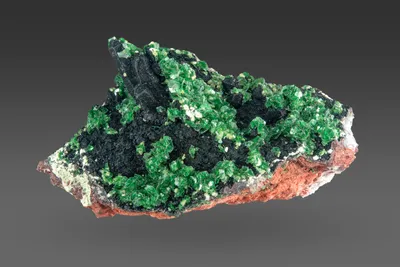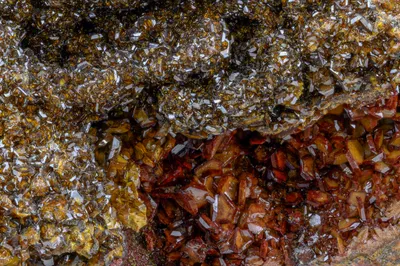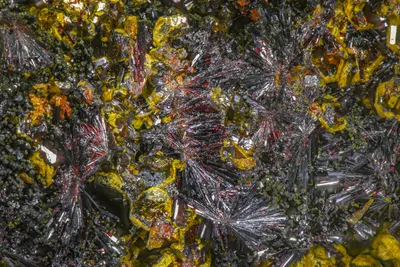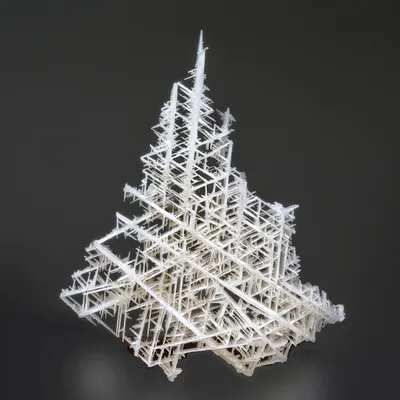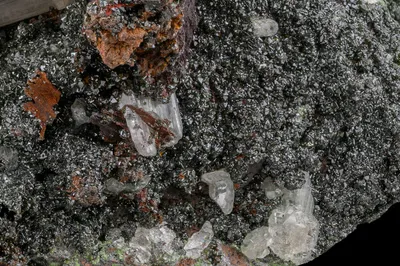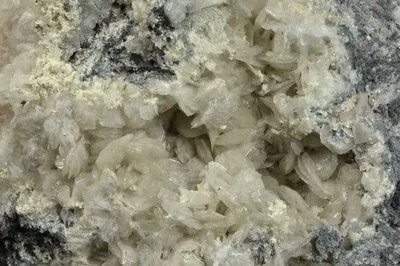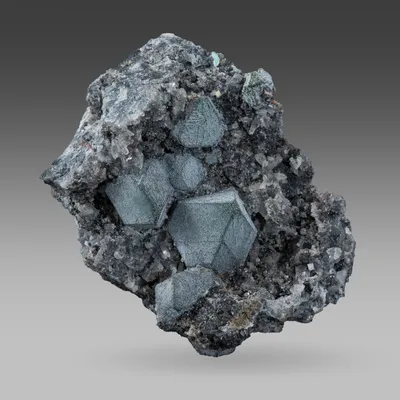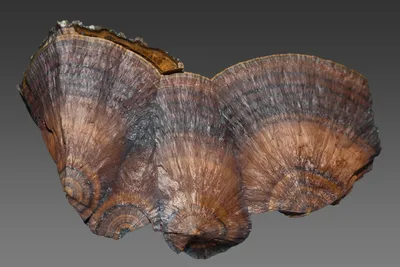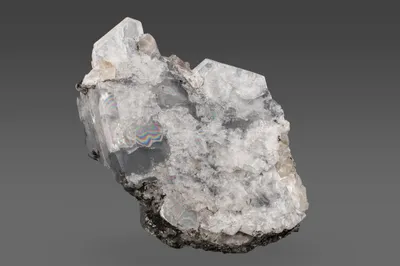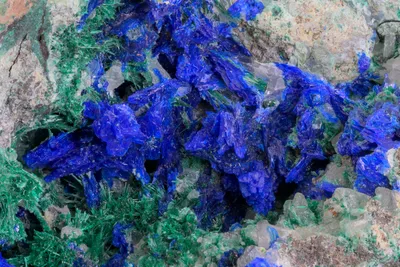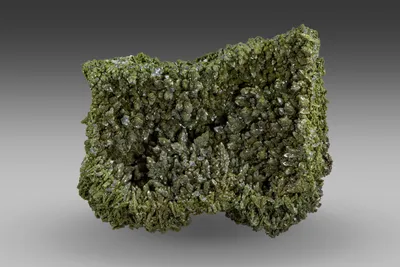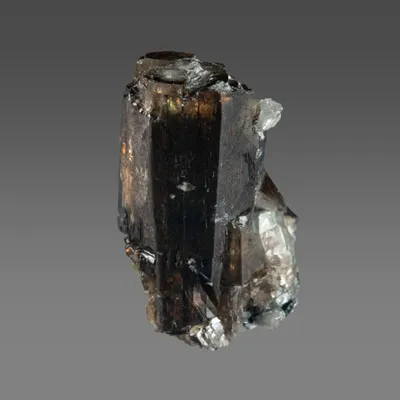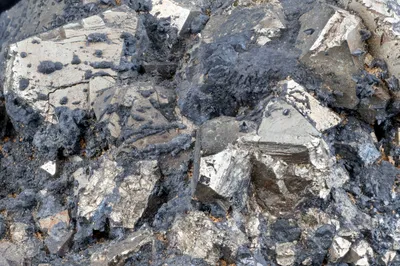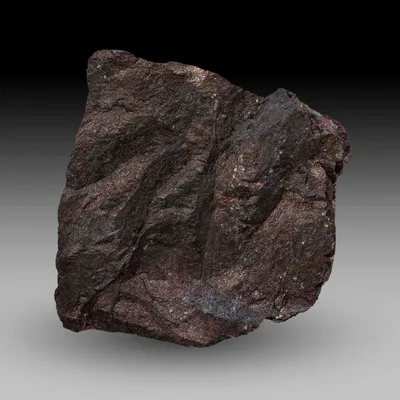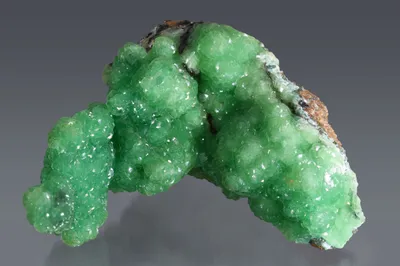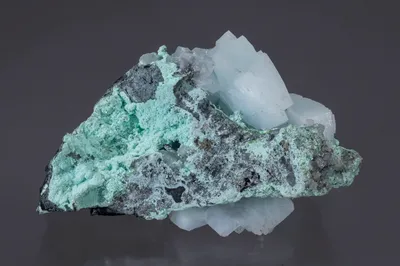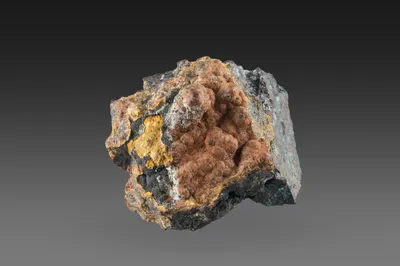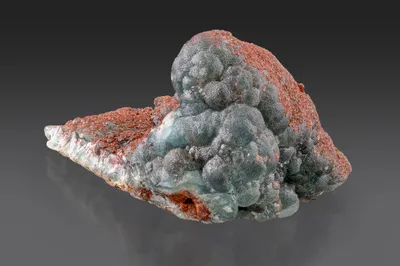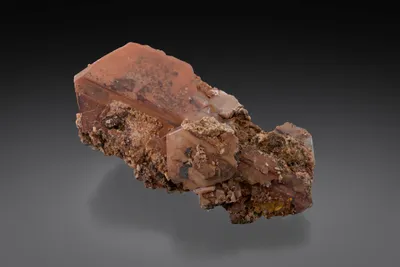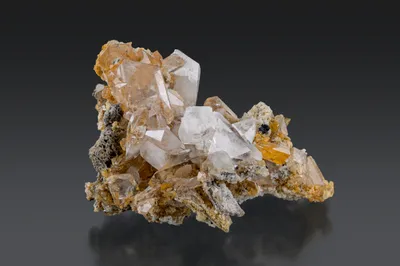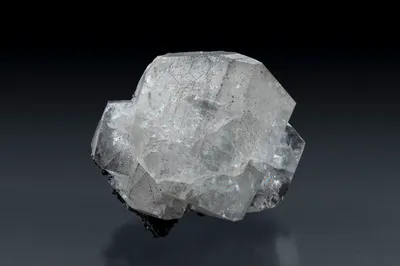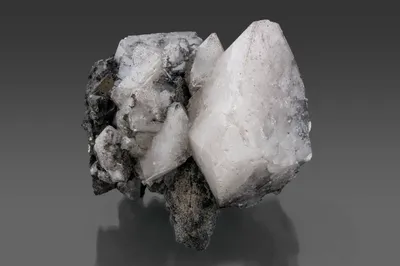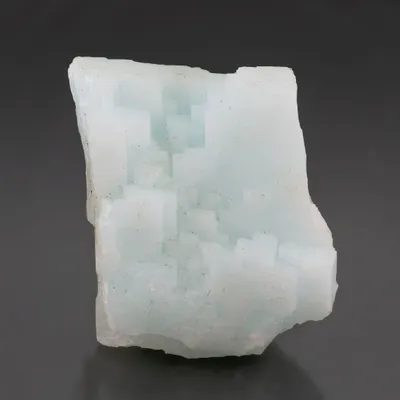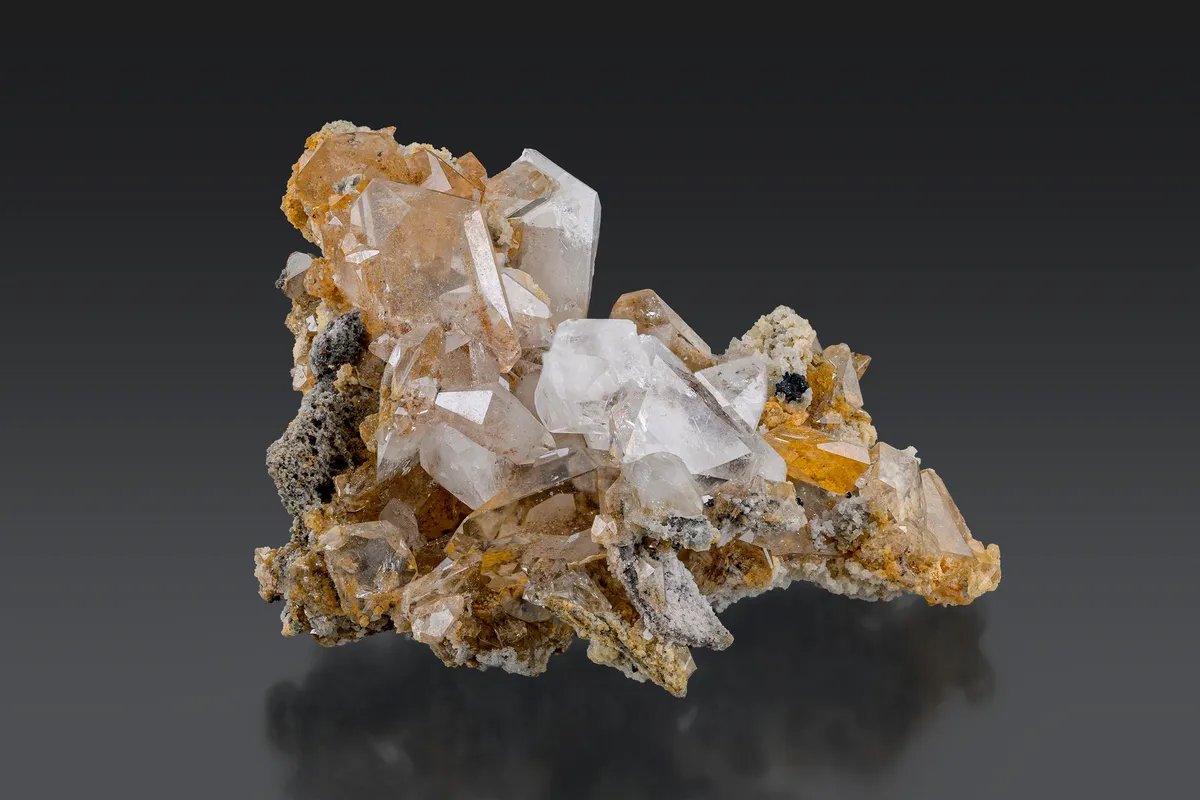
Image Credit: Malcolm Southwood
Mineral Species
Anglesite
Type Locality
No
Composition
PbSO4
Crystal System
Orthorhombic
Status at Tsumeb
Confirmed
Abundance
Common
Distribution
First, second and third oxidation zones
Paragenesis
Supergene
Entry Number
Species; TSNB12
General Notes
Anglesite was noted at Tsumeb from the very early years of mining (Maucher 1908a,b).
Rosický (1926) made goniometric measurements and produced crystallographic drawings for three variations of bipyramidal anglesite from Tsumeb.
Klein (1938) recorded the presence of anglesite between surface and 12 Level, with large crystals associated with native copper occurring between levels 7 and 9. Very large crystals to 500 mm on a face have been reported (Key 1996), but the location in the mine from which these specimens were recovered is not known. Opaque white crystals (to 200 mm), with transparent interiors and resembling large spear points are also noted (Key 1977) as are much smaller groups of flawless, transparent yellow crystals.
Anglesite is a common secondary mineral, important in lower pH parageneses and almost always closely associated with galena. It occurs most commonly as sharp, angular, diamond-shaped crystals, as thick tabular (or blocky) crystals, or as thin tabular crystals, but many forms and habits have been encountered (Key 1996).
While anglesite occurs in all three oxidation zones, Keller (1977a) observed that it was considerably more common in the first oxidation zone than in the deeper parts of the mine.
Anglesite is a key mineral of Keller's (1977a) "Type II" paragenesis (i.e., minerals forming at a lower pH range). Anglesite commonly occurs as the only secondary mineral on, or in cavities in, galena-rich massive sulphide ores. Keller (1977a) placed anglesite in two of his "Type II" parageneses:
II/1: primary sulphide >> beudantite >> carminite >> anglesite >> gartrellite.
II/2: primary sulphide >> scorodite >> arsentsumebite >> anglesite >> brochantite >> cerussite (ps. after anglesite).
Associated Minerals
alamosite; arseniosiderite; arsentsumebite; azurite; bayldonite; beaverite-(Cu); beudantite; biehlite; bornite; brochantite; calcite; caledonite; carminite; cerussite; chalcocite; chenevixite; corkite; covellite; dolomite; duftite; dundasite; feinglosite; fleischerite; galena; gartrellite; germanite; goethite; graphite; greenockite; gypsum; hematite; hydrocerussite; kegelite; krieselite; larsenite; leadhillite; lepidocrocite (?); linarite; malachite; massicot; mathewrogersite; melanotekite; mimetite; minium; molybdenite; mottramite; munakataite; olsacherite; pharmacosiderite; phosgenite; plumbotsumite; posnjakite; pyrite; quartz; queitite; renierite; schultenite; scorodite; serpierite; smithsonite; sulphur; tennantite-(Zn); tenorite; thometzekite; tsumcorite; vanackerite; willemite; wulfenite; yancowinnaite
Pseudomorphs
Anglesite has been reported to form pseudomorphs after schultenite (rare; Spencer and Mountain, 1926). However, a re-examination of the schultenite type material at the Natural History Museum, London (catalogue number BM.1926,205) shows no indication of such a replacement, which is therefore considered to be of doubtful status.
The following minerals have been reported to form pseudomorphs after anglesite: arsentsumebite (rare); cerussite (common).


